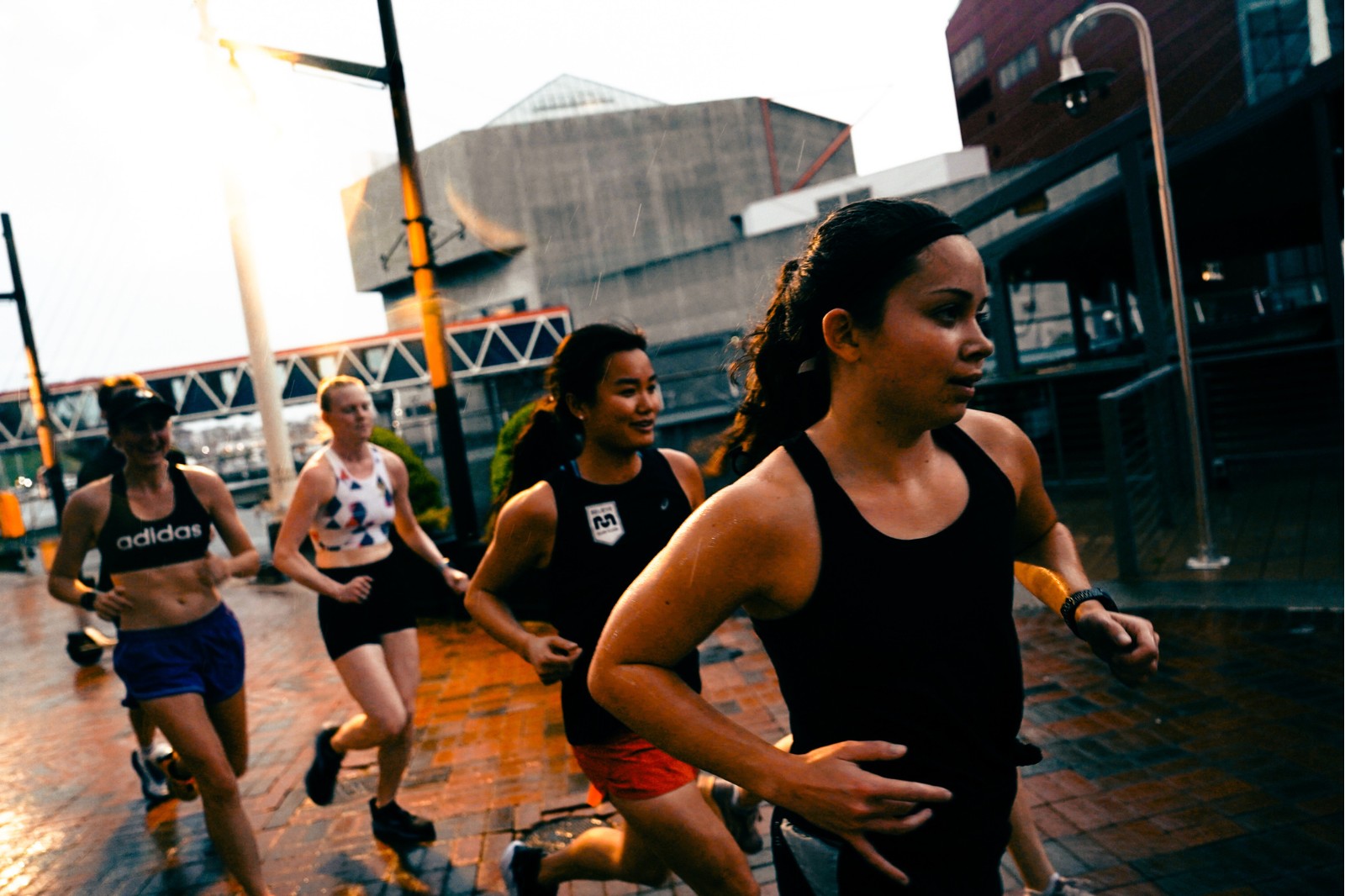
Stay safe while still enjoying running for all its worth
Women from the Believe in the Run team, who’ve run thousands of miles in Baltimore city and Colorado
Leave them in the comments
Let’s get this out of the way right off the bat: It sucks that female runners have to think about their safety any differently than men do. Unfortunately, though, 92 percent of women reported feeling concerned for their safety on the run, according to a recent Adidas survey of 9,000 runners across nine countries; more than half of the women surveyed said they were afraid of being physically attacked, while only 28 percent of men shared that fear.
You can’t let fear dictate your life—but anyone who follows the news knows that a woman’s dread of being harassed on the run isn’t misplaced. Nearly forty-six percent of female runners have experienced harassment, a 2021 RunRepeat.com survey of 3,774 people determined, and their data showed that women are nearly three times more likely to be harassed on a run than a man.
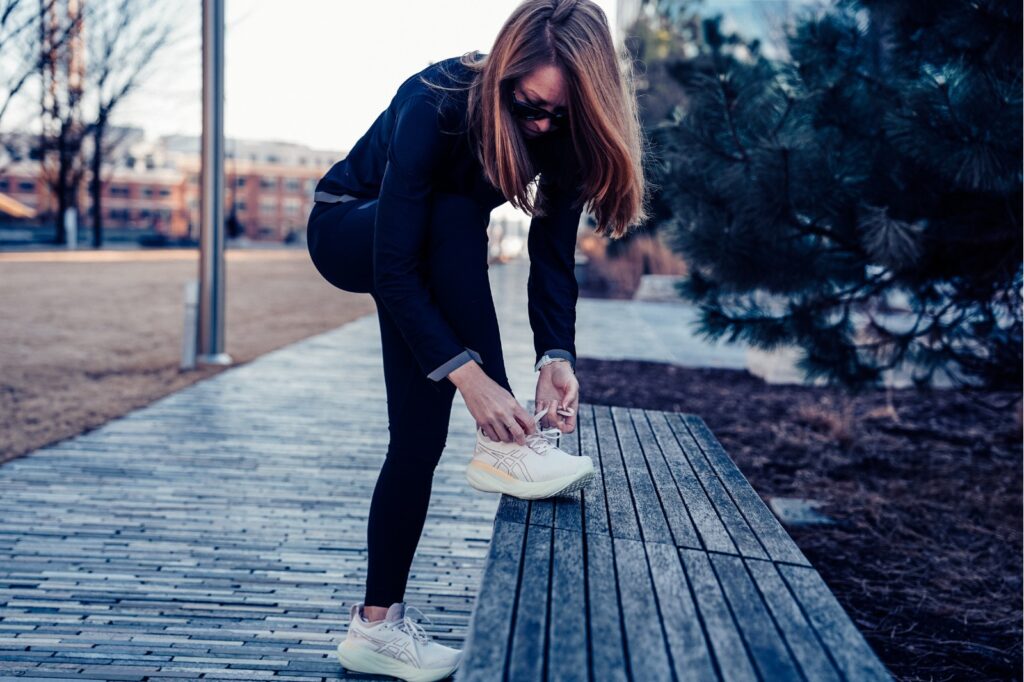
What does that look like? Of the 38 percent of women who said they experienced physical or verbal harassment in the Adidas survey, 55 percent have received sexist comments or unwanted sexual attention, 53 percent have been honked at, and 50 percent have been followed. As a result, 80 percent of female runners who have been harassed have changed their running habits, RunRepeat.com found.The onus shouldn’t be on women to change what they wear, avoid running along or at certain times of the day, or to carry protection with them when they run. But until things change, it’s important to take certain measures to ensure your safety on the roads or trails.
Part of the appeal of going for a run is detaching yourself from a screen for even just 30 minutes. Your phone, though, is your first line of defense. Not only can you personally dial emergency services if needed, but you can also record harassment to report to the police and share your location with a trusted contact so they know where to direct people if you aren’t responding. You can also download apps like AllTrails Lifeline or RoadID, which will alert chosen contacts if you stop moving and don’t respond to the app’s alerts.

Chances are, you’re wearing a running watch—so make sure you know how to use the emergency features built into it. The Apple Watch’s Emergency SOS feature, for example, automatically calls local emergency services and shares your location with them; when the call ends, the watch sends your emergency contacts a text message with your current location.
On Garmin watches, you can enable the Assistance feature, which allows you to hold down the power button in order to send your real-time location to preloaded emergency contacts; Samsung watches also have an Emergency SOS feature that allows you to press the home key to call and notify pre-selected emergency contacts of your location.
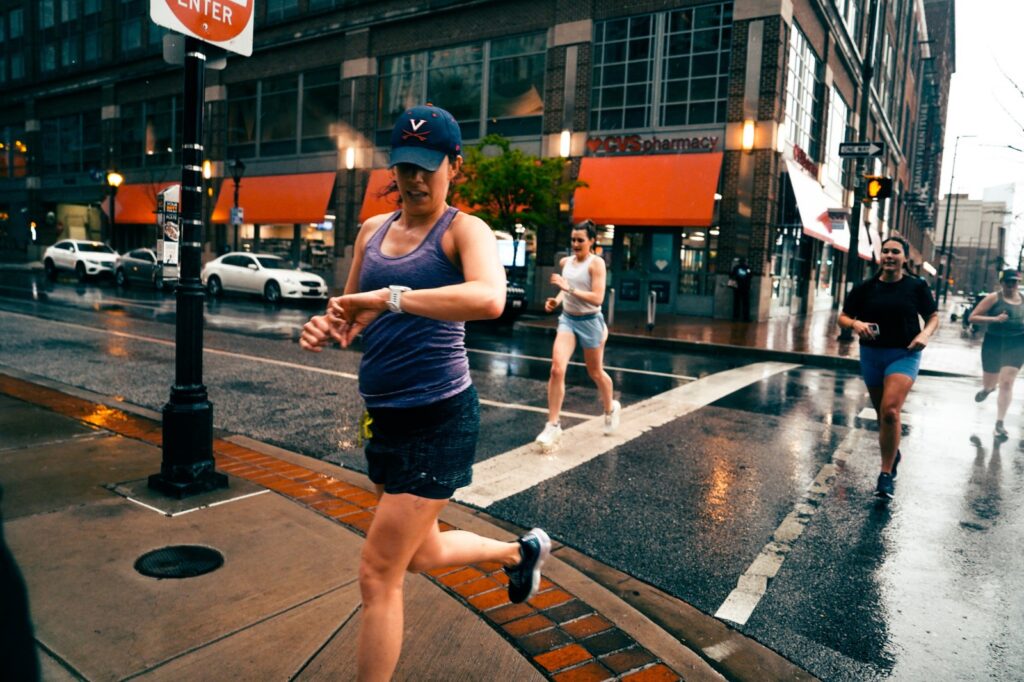
After experiencing harassment, nearly a quarter of female runners started carrying a weapon or device for self-defense, RunRepeat.com reports. You don’t have to go the pepper spray route (and shouldn’t, unless you know how to use it), but a personal alarm—like the Nathan SaferRun Ripcord Siren, which emits a 120 dB alarm—can alert anyone nearby to trouble, while GoGuarded’s $15 ring hides a blade you can use to fend off an attack.
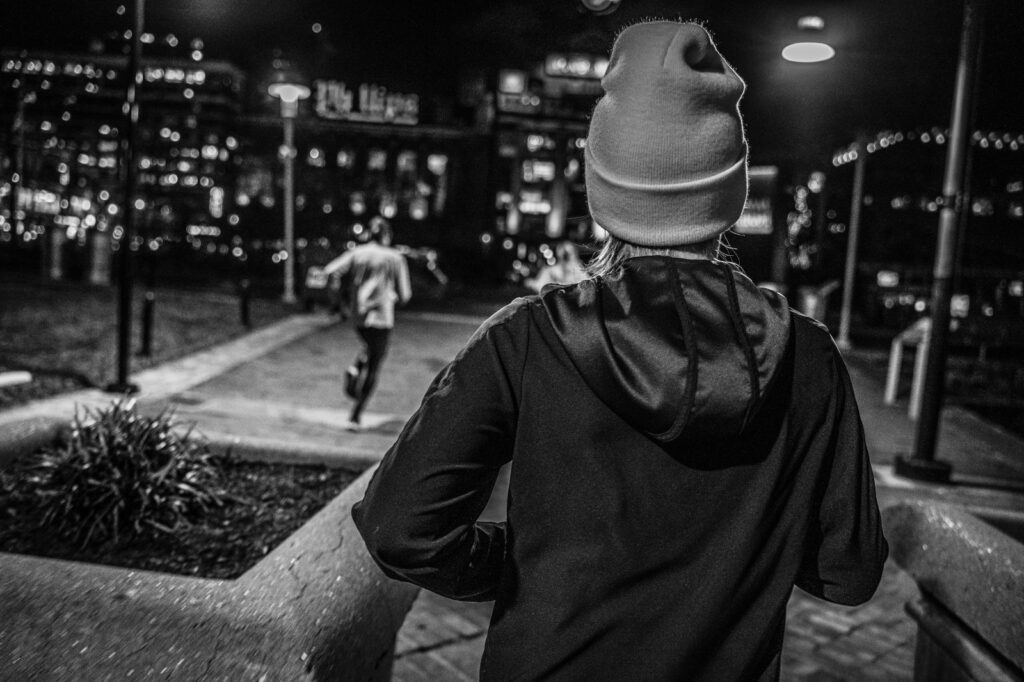
No matter how motivating it is to blast your favorite running songs, sealing off your hearing leaves you vulnerable to unwanted danger (whether that’s from cars, animals, or people). You don’t have to give up your music, but go with an open-ear option like the Shokz OpenRun Pro headphones, which use bone conduction technology, or the JLab Open Sport or JVC Nearphones, which hook around your ear instead of blocking the ear canal.

Bone-conducting headphones allow you to hear the world around you
Safety in numbers is pretty obvious from a practical standpoint, but there are other benefits to running with a buddy. For one, a workout partner keeps you accountable. But people who exercised with someone else were more calm and less stressed after exercise than those who exercised alone, older research published in the International Journal of Stress Management found. Plus, as anyone who’s spent hours with a long-run partner knows, those miles fly by when you’re chatting it up with a good friend.
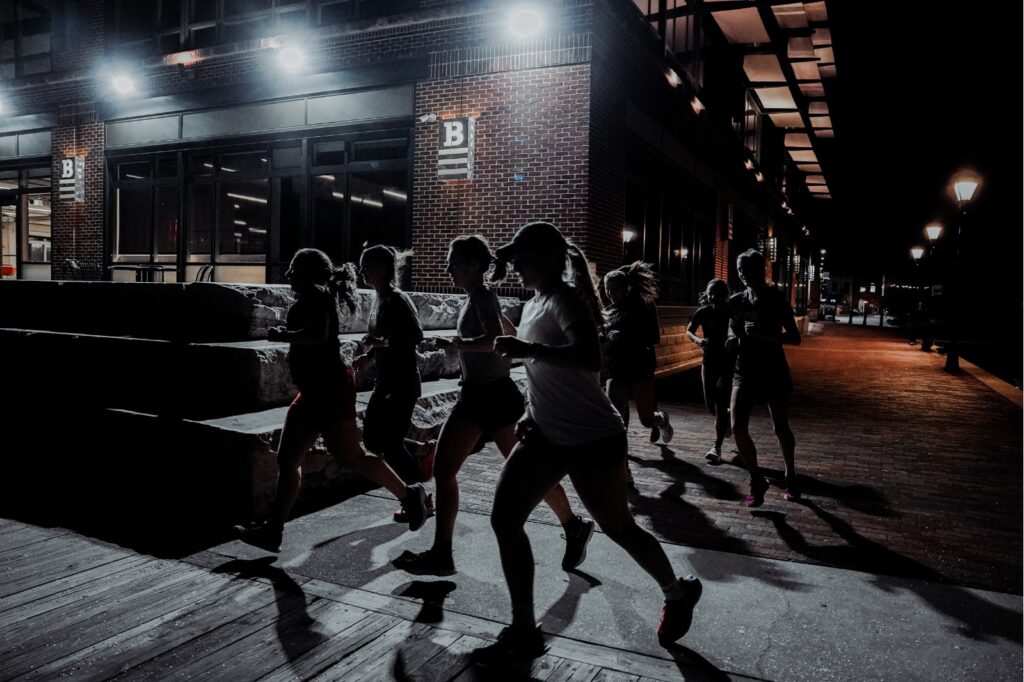
Running the streets of New York can feel safe at all hours of the day, because there’s never a shortage of people, while running in smaller towns or more rural neighborhoods can feel downright desolate in the middle of the day. Keeping your routes to more populated areas can help you avoid being singled out by potential attackers. If you’re somewhere new, Strava’s Global Heatmap highlights the most commonly traveled routes for specific activities, so you can see which areas are popular and which areas you may want to avoid.

Runners generally have the “flight” part of fight-or-flight covered, but if you can’t get away from an attacker, you need to know how to defend yourself. People who take self-defense classes feel more confident in protecting themselves, research has shown, and being able to fight back increases your chances of escaping an assault. Take a self-defense class or learn a few basic self-defense moves so that you know what to do in a worst-case scenario.
Speaking of worst-case scenarios, if you are in one and an attacker is attempting to subdue you, go for everything—eyes, throat, hair, and groin—and use every tool at your disposal; biting, scratching, gouging, and stabbing are all fair game at that point.

The more predictable your behavior, the more of a target you can be. Try switching up your route regularly (even running your standard route in reverse can be enough of a change) and running at slightly different times of the day. And make sure to use privacy settings on any fitness tracking apps so your daily running route doesn’t become public knowledge (Strava, for example, allows you to hide the start and end points of activities, or to prevent specific addresses from appearing on maps).

No matter where you live—and no matter your gender—you should always use common sense (i.e. don’t choose the road less traveled when the sun’s already set), stay aware of your surroundings, and be able to defend yourself on the run. It’s not about living in fear, but anticipating any danger so you know how to respond if something does happen.

Safety is mostly about being smart: Don’t willfully put yourself in situations where the deck is stacked against you—like running solo on an unlit path at night). You can’t control everything, but by controlling what you can, you can avoid a number of scenarios that might put you at risk. And even if you do always run in “safe” environments, letting people know where you’ll be, understanding basic self-defense, and paying attention to your surroundings will never detract from your run.

Have something to say? Leave a Comment

Ashley is an award-winning journalist and editor whose work has appeared in The Wall Street Journal, TIME, Runner’s World, Women’s Running, Men’s Journal, Health, Women’s Health, Bicycling, and more. She’s also an RRCA- and UESCA-certified running coach based in Denver. Her main goal—through writing and coaching—is to make running accessible for everyone, because no matter how fast you are, we’re all just doing this for fun.
More from Ashley

Great article! Thanks for highlighting the issues that women face when we run. Several years ago, I took a self-defense class at Fleet Feet. It was called RunSafer. The instructor told us to have a safety word (a man’s name) to call out if we were followed and/or attacked. I use Stan. He said an attacker might think a man is running with you and leave you alone. I like that idea.
Also, if you have a dog, it might be a good idea to take them with you.